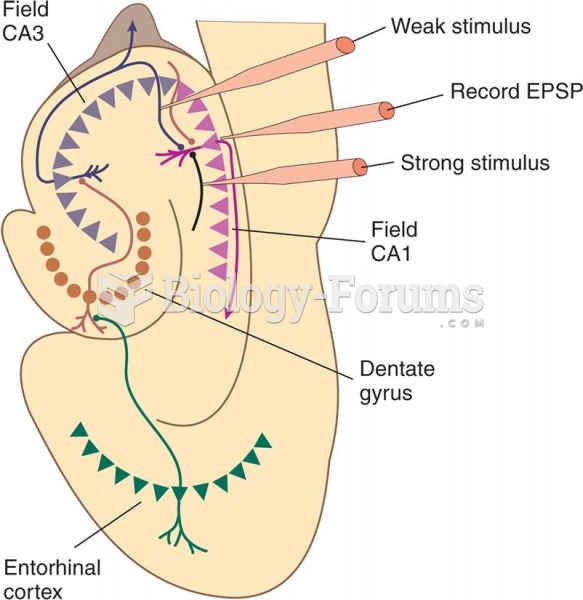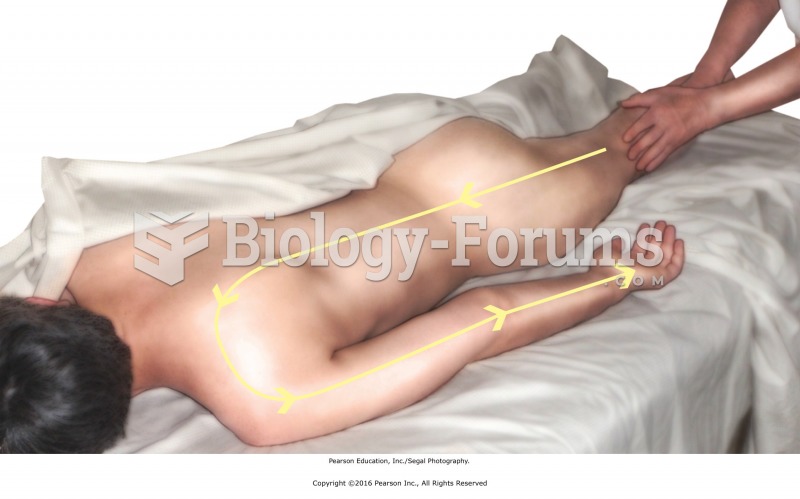Answer to Question 1
In the 1830s, the Temperance Society advocated only moderate, if any, consumption of alcoholic beverages. Later, the group took the more radical stance of total abstinence. In December 1917, Congress proposed the Eighteenth Amendment to the Constitution. The amendment was known as the Volstead Act, and it outlawed the manufacture, sale or transport of intoxicating liquor, but not consumption and/or for purposes of medicinal and sacramental reasons.
On January 16, 1920, Congress passed the Eighteenth Amendment (prohibition) to the Constitution that made it illegal for the production, transportation and sale of alcohol in the United States. For a period of fourteen years up until December 5, 1933, the Twenty-first Amendment (repeal of prohibition) went into effect. When prohibition was repealed for the very first time in history, congress directly created business opportunities for the citizens of the United States. While some American wineries had been able to hold on through fourteen years of Prohibition by selling grape juice or industrial alcohol, most of them failed.
Prohibition was one of the most turbulent periods in the history of the United States. This restriction brought about unforeseen consequences and long-term implications to the American beverage industry.
Prohibition's long-term effect on the country was devastating as an entire industry had been abolished almost overnight. Additionally, the door opened for illegal smuggling from Canada to the United States. The careers of many infamous American gangsters ascended during this period. The alcohol that was successfully brought across the border was usually sold at a speakeasy, or an illegal bar. Daniel Okrent, a researcher and author of Last Call: The Rise and Fall of Prohibition stated that one year after the end of prohibition in 1933, 90 percent of federal revenues were generated from the excise tax on the sale of alcoholic beverages.
Answer to Question 2
Student answers to this question will no doubt vary. The question is designed to focus the student's attention on the advantages and disadvantages of the alternative equity versus debt financing ratios that can be utilized to open a new restaurant.
Students should understand that increased leverage typically leads to increased owner ROI. Alternatively, however, securing very high levels of debt financing can be very challenging for those seeking to open a new restaurant because lenders are often wary of financing a new operation because of the relatively high failure rate in the restaurant industry (especially when new restaurants are to be operated as independents rather than chain operations with a proven history of success).







